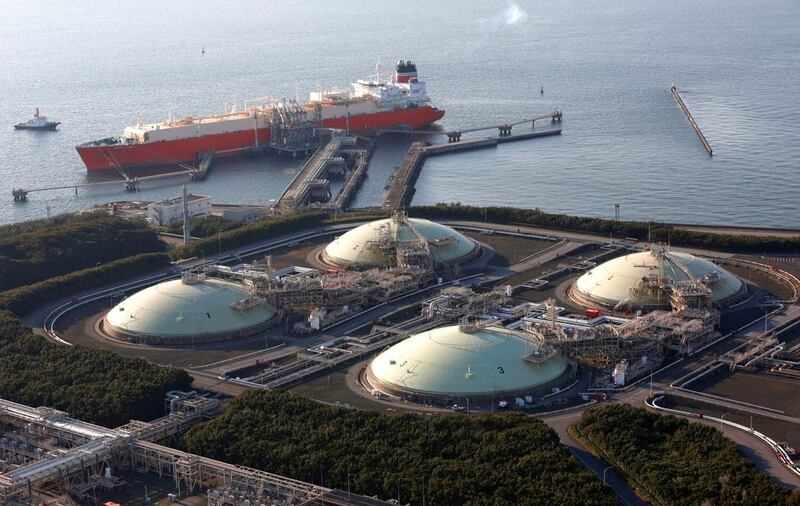Global liquefied natural gas (LNG) markets will remain oversupplied into the 2020s due to a surge in production, although soaring demand especially from China may tighten the market earlier than expected, the International Energy Agency (IEA) said on Monday.
"We will see massive amounts of new LNG capacity coming to the market ... so we will probably continue to have well-supplied markets into the middle of the 2020s," said Keisuke Sadamori, the director of energy markets and security at the IEA.
"The Qataris, for example, are going to increase LNG liquefaction capacity by 30 per cent by 2024, which we have not included in our 2017 gas market outlook report," Mr Sadamori said in Singapore on Monday.
Qatar is being challenged by Australia as the world's biggest LNG exporter.
LNG production in the United States is also soaring, thanks largely to the shale gas boom of recent years.
But Mr Sadamori said soaring demand could rein in rampant oversupply, which has pulled Asian spot LNG prices from a peak of US$20.50 per million British thermal units in February 2014 to below $10 per mmBtu since 2014.
_______________
Read more:
With no indigenous fuel sources, Japan is looking to diversify its energy mix
First gas flows from giant Omani field
Shell places gas above oil as it exits Iraq fields
_______________
"Especially in China, we are already seeing something like 40 per cent of year-on-year growth in LNG imports. So depending on how demand develops, the timing that the market becomes tighter could be earlier than originally forecasted by the industry," he said.
China's LNG imports jumped to their second-highest on record in September as the country ramped up supply for households in northern areas set to use gas for winter heating for the first time in the country's war on smog.
China imported 3.45 million tonnes of LNG last month, according to data released by the general administration of customs on Monday, up 37 percent from the same month a year ago.
Mr Sadamori also said that Asia's LNG markets would gradually become more flexible under pressure from the oversupply.
Asia consumes some 70 per cent of global LNG, yet very little of it is freely traded. Most volumes are delivered under fixed term contracts between suppliers and big buyers in Japan and South Korea.
"We are seeing a gradual decline in the share of the contracts based on fixed destinations ... We are also seeing a trend of contract duration getting shorter overall," Mr Sadamori said.






